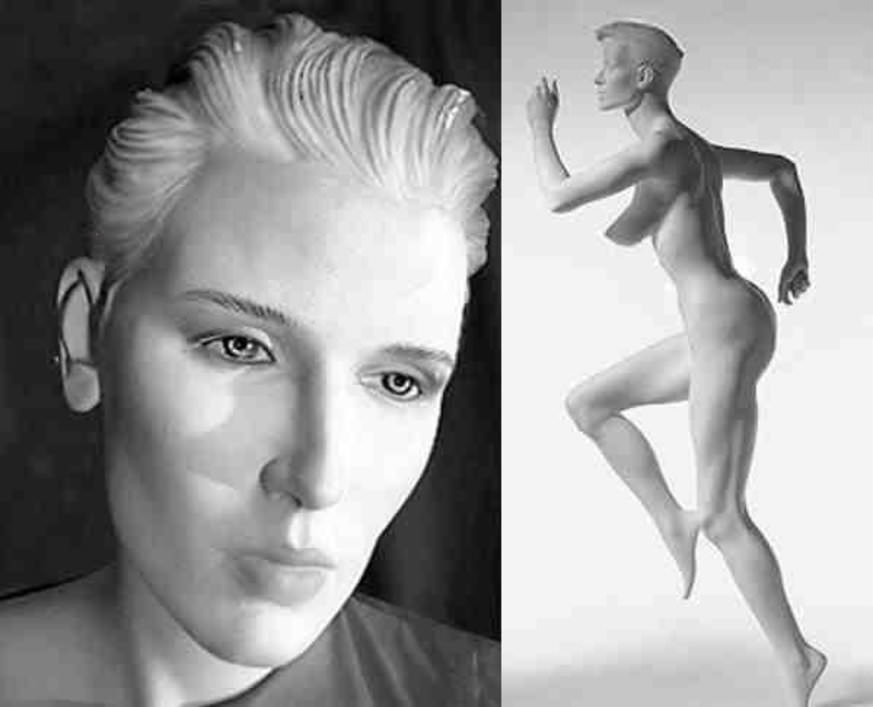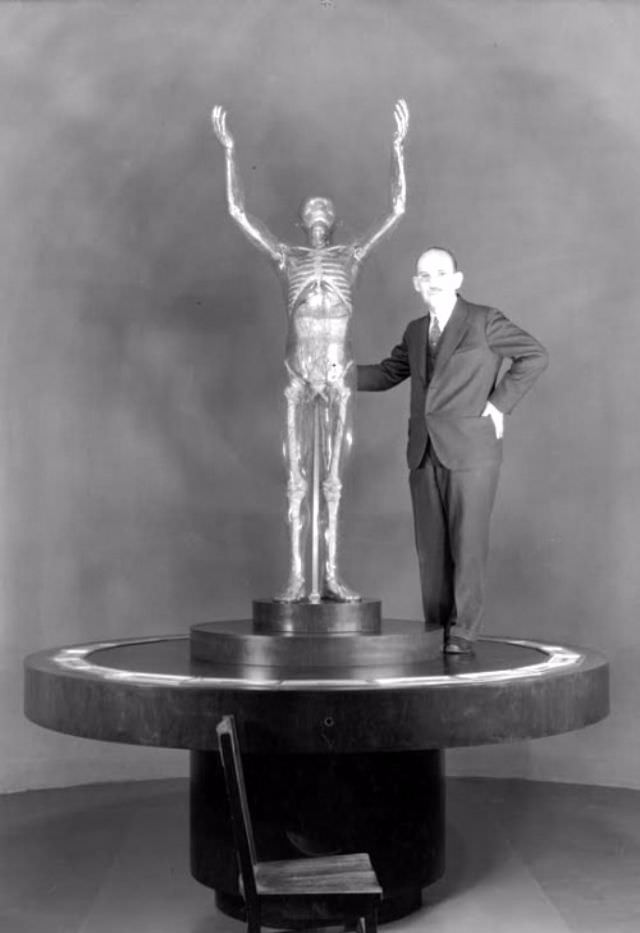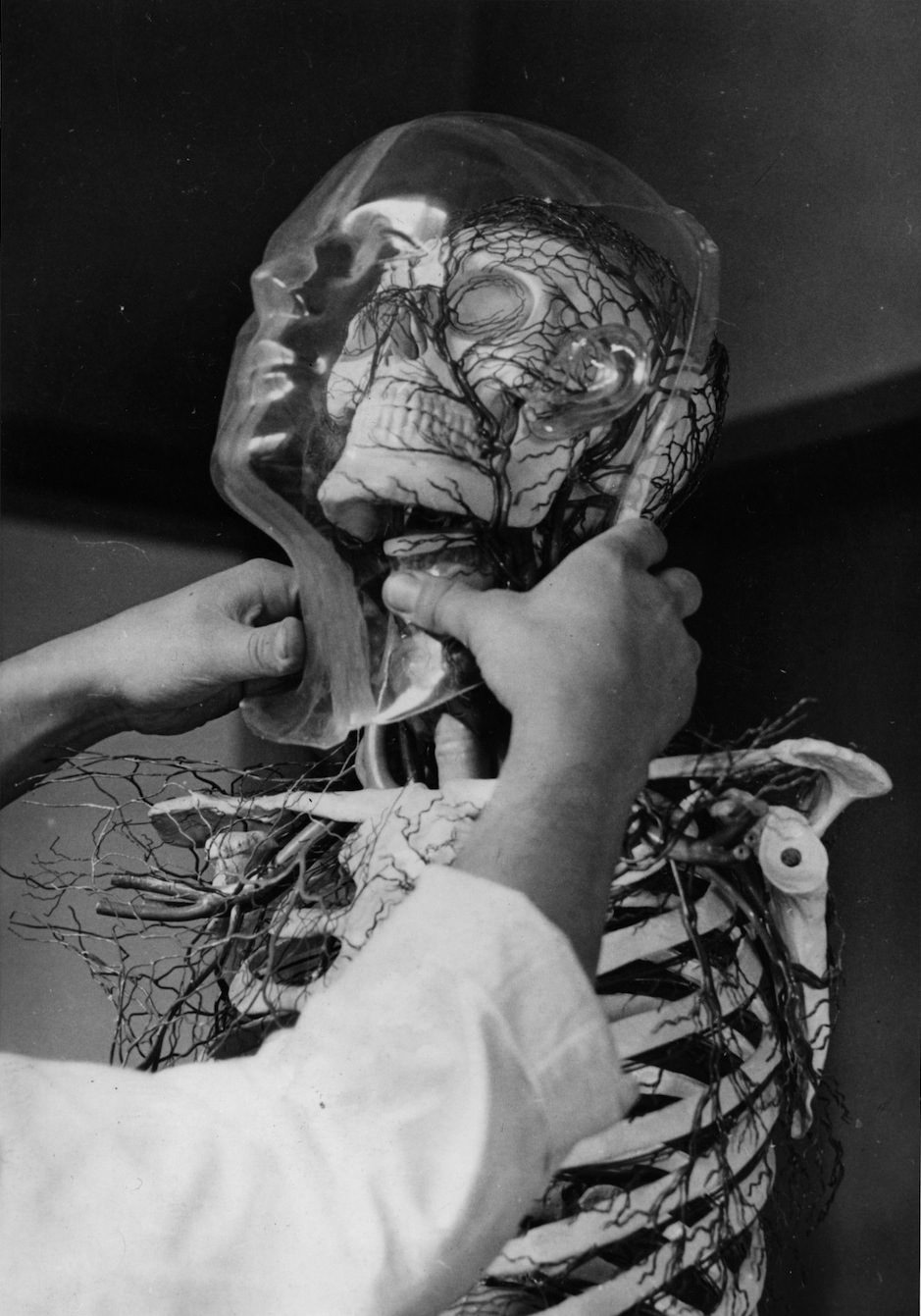The year was 1941, and the world was engulfed in the throes of the Second World War. Germany, under the control of the Nazi party, was not only making military advancements but also delving into a peculiar and unexpected endeavor—the creation of the world’s first sex doll. This chapter in history, known as the “Borghild Field-Hygiene Project,” was led by SS leader Heinrich Himmler.
As the Nazi occupation of France resulted in an outbreak of syphilis among German soldiers, Himmler took notice. Instead of curbing the soldiers’ behavior, he believed that providing a safer alternative was the solution. Thus, the idea of developing a disease-free, plastic woman was born.

Franz Tschakert, a notable figure at the German Hygiene Museum, was entrusted with bringing Himmler’s concept to life. Tschakert had gained recognition for his creation of the “Woman of Glass,” an anatomically correct transparent sculpture that had caused a sensation in 1930s Germany, making him an ideal candidate for the project.

As the team embarked on the task of creating this synthetic woman, they encountered a fundamental challenge: how to design a doll that soldiers would willingly use? The team established three primary criteria: the synthetic flesh had to feel realistic, the doll’s body needed to be agile and movable, and the doll’s anatomy had to feel genuinely authentic.
Initial concepts, such as aluminum skeletons, were discarded. Tschakert ultimately settled on using “galvonoplastical” dolls made of elastolin, a material commonly used in children’s toys. The team then focused on the design. Although there was some disagreement among team members regarding the ideal woman, they eventually agreed on a stylized, athletic representation, complete with “graspable” breasts.
Creating the perfect face proved to be even more challenging. The team believed that an appropriate countenance was crucial, as they considered it more important than the body in arousing the soldiers. They crafted and tested various faces, aiming to create an “artificial face of lust.” The dolls were given short hair as a constant reminder of their association with the military force.
The completion of the prototype was allegedly hailed as a significant success. Even Himmler himself was rumored to have immediately ordered 50 Borghild dolls. However, the fate of these dolls, as well as the entire project, remains uncertain. Some claim that field tests were unsuccessful due to soldiers’ concerns about potential embarrassment if captured with the dolls. Others suggest that funding was cut before mass production could take place as the war situation deteriorated by 1942.
Adding to the mystery is the destruction of the Hygiene Museum during the bombing of Dresden, which supposedly obliterated any existing evidence of the project. The only surviving proof of this peculiar endeavor consists of a few photos that were rescued from the garbage by a sculptor and later handed over to journalist Norbert Lenz.
The meticulous attention given to the design of the Borghild dolls provides intriguing insights. The fact that there were debates about the dolls’ physical attributes and a concerted effort to make the experience as realistic as possible reveals a combination of fascination and eeriness in the minds of those involved in the project. The aesthetic choices, from the athletic body to the specific facial features, shed light on the Nazis’ perception of the “ideal” woman. These seemingly peculiar decisions unveil a great deal about Nazi ideology and their attitudes towards women and sex.
The involvement of renowned figures like Franz Tschakert, the creator of the “Woman of Glass,” and Heinrich Himmler, the SS leader, further underscores the extent to which the regime was willing to engage prominent individuals in such a controversial venture. It suggests an institutional commitment to the project that went beyond typical war efforts. However, this commitment did not shield the project from the harsh realities of war.

The conclusion of the Borghild Project, shrouded in uncertainty and controversy, mirrors its beginning. It is possible that the dolls were indeed deployed in the field, but the fear of humiliation upon capture may have led to their abandonment. Alternatively, financial constraints and the deteriorating war situation could have resulted in the premature termination of the project.
The destruction of the German Hygiene Museum, along with the alleged evidence of the Borghild Project, further amplifies the mystery surrounding this venture. The few surviving photographs, seemingly discarded and later discovered, serve as enigmatic reminders of a project that pushes the boundaries of belief.



Ja, wir Sueben-Frauen sind die besten, sexysten und intelligentesten auf der ganzen Welt.
Wir wollen, dass allen anderen die Genitalien abgeschnitten werden und dass sie sich nicht fortpflanzen.